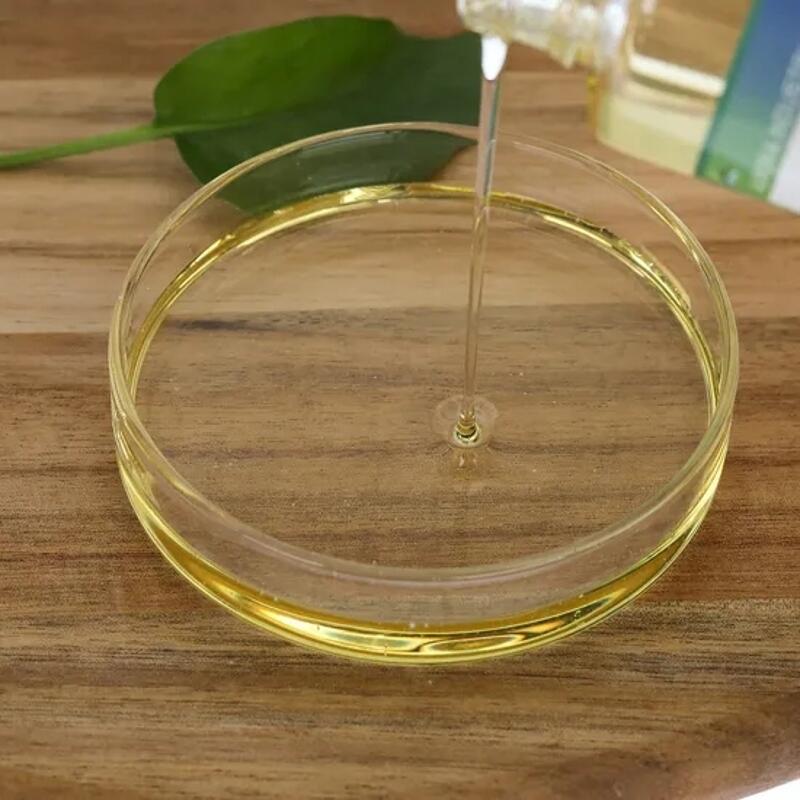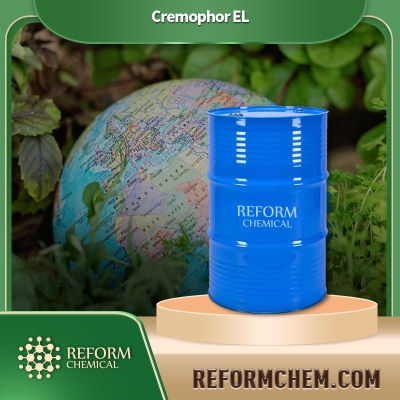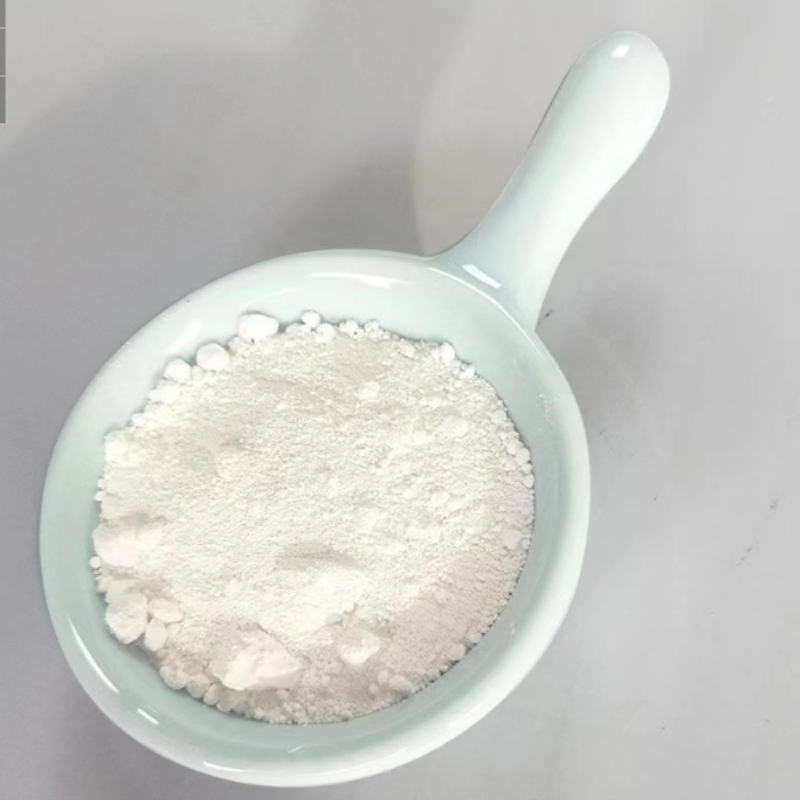-
Categories
-
Pharmaceutical Intermediates
-
Active Pharmaceutical Ingredients
-
Food Additives
- Industrial Coatings
- Agrochemicals
- Dyes and Pigments
- Surfactant
- Flavors and Fragrances
- Chemical Reagents
- Catalyst and Auxiliary
- Natural Products
- Inorganic Chemistry
-
Organic Chemistry
-
Biochemical Engineering
- Analytical Chemistry
-
Cosmetic Ingredient
- Water Treatment Chemical
-
Pharmaceutical Intermediates
Promotion
ECHEMI Mall
Wholesale
Weekly Price
Exhibition
News
-
Trade Service
Defoamers are substances used to reduce surface tension and eliminate foam during food processing
There are many kinds of antifoaming agents, which are mainly composed of active ingredients, emulsifiers, carriers and emulsification aids
Defoamers are mostly liquid compound products, which are mainly divided into three categories, including mineral oils, silicones, and polyethers
Mineral oil defoamer is usually composed of carrier, active agent and so on
Silicone-based antifoaming agents generally include polydimethylsiloxane and the like
Polyether-based defoaming agents include polyoxypropylene oxyethylene glycerol ether and the like
Defoamers can be divided into three types: foam breakers, foam suppressors, and defoamers according to their functions
The foam breaker is added after the liquid is foamed, and enters the foam film through the action of adsorbing foam and surface tension to make the foundation thinner, which can quickly destroy the foam and reduce the liquid level
The defoamer selected for the foaming caused by different ways or reasons is different, so the formula screening of the defoamer is particularly important
The fermentation process of monosodium glutamate belongs to aerobic fermentation, and the production of bubbles will reduce the yield, inhibit the respiration of the bacteria, and reduce the acid production rate of the bacteria
Defoamer is a commonly used industrial auxiliaries in the sugar making process.
Some scholars have studied the unfavorable factors in the winemaking process, and the results show that a lot of foam is generated during the fermentation process due to stirring and fermentation, which brings many adverse effects to the wine processing, such as causing "liquid escape" and reducing the loading.
(Source: Food R&D and Production)
"China Food News" (Version 06, June 13, 2022)
(Editor in charge: Yang Xiaojing)







